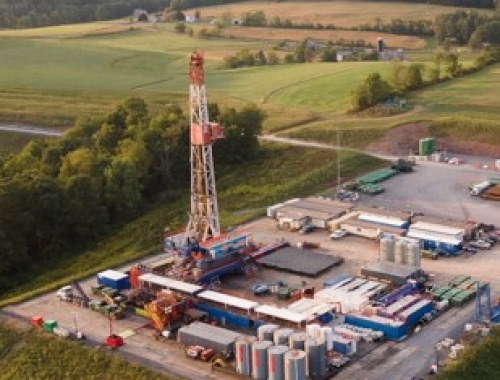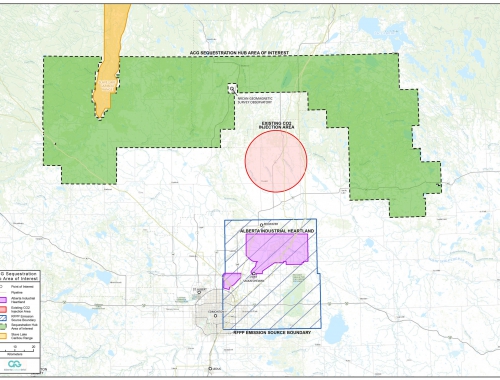The answer is by utilizing our existing U.S. Natural Gas pipeline system to transport this renewable energy option. Our U.S. network of 13 pipelines, which stretches over 32,000 miles across 40 states, offers a perfect step for these methane capture projects and, thus, reduces greenhouse gas (GHG) emissions.
Most recently, we announced a strategic collaboration with GreenGasUSA to further develop a network of RNG transportation hubs across our USNG footprint to increase renewable gas sources to as many producers and consumers as possible. Gas will be delivered to these hubs, not only by the commonly used lateral or direct connection, but also by way of compressed natural gas (CNG) trucks. This allows for multiple users to connect to our pipeline network, similar to the way a gas station offers several fuel sources at one stop. "We have embraced the growing role of RNG in our industry and continue to explore ways to optimize our existing U.S. Natural Gas pipeline system in a collaborative, safe and sustainable manner," Stanley G. Chapman III, Executive Vice President and President, U.S. & Mexico Natural Gas, comments.
"We have embraced the growing role of RNG in our industry and continue to explore ways to optimize our existing U.S. Natural Gas pipeline system in a collaborative, safe and sustainable manner," Stanley G. Chapman III, Executive Vice President and President, U.S. & Mexico Natural Gas, comments.
These centralized hubs allow for wider and more equitable participation of RNG in energy markets and helps remove many of the traditional obstacles that make it difficult for new companies to enter this type of market. Simply put, we are enabling cost-effective market access for RNG producers by offering more economic viability and carbon-neutral energy opportunities. This collaboration is just another example of our commitment to reducing GHG, while also discovering innovative ways to increase energy resilience for our customers.
We currently have 11 RNG interconnects across the USNG system, and we plan to rapidly expand and provide more capability before the end of this year. The first hub in collaboration with GreenGasUSA is targeted for in-service in the second quarter of 2023.
Stay tuned to hear more on our growing RNG developments and capability and learn more about how TC Energy’s membership in the RNG Coalition is helping with the energy evolution.
The statements, opinions and data contained in the content published here are solely those of the individual authors and contributors and not of the publisher and the editor(s) of Gas Pathways.







